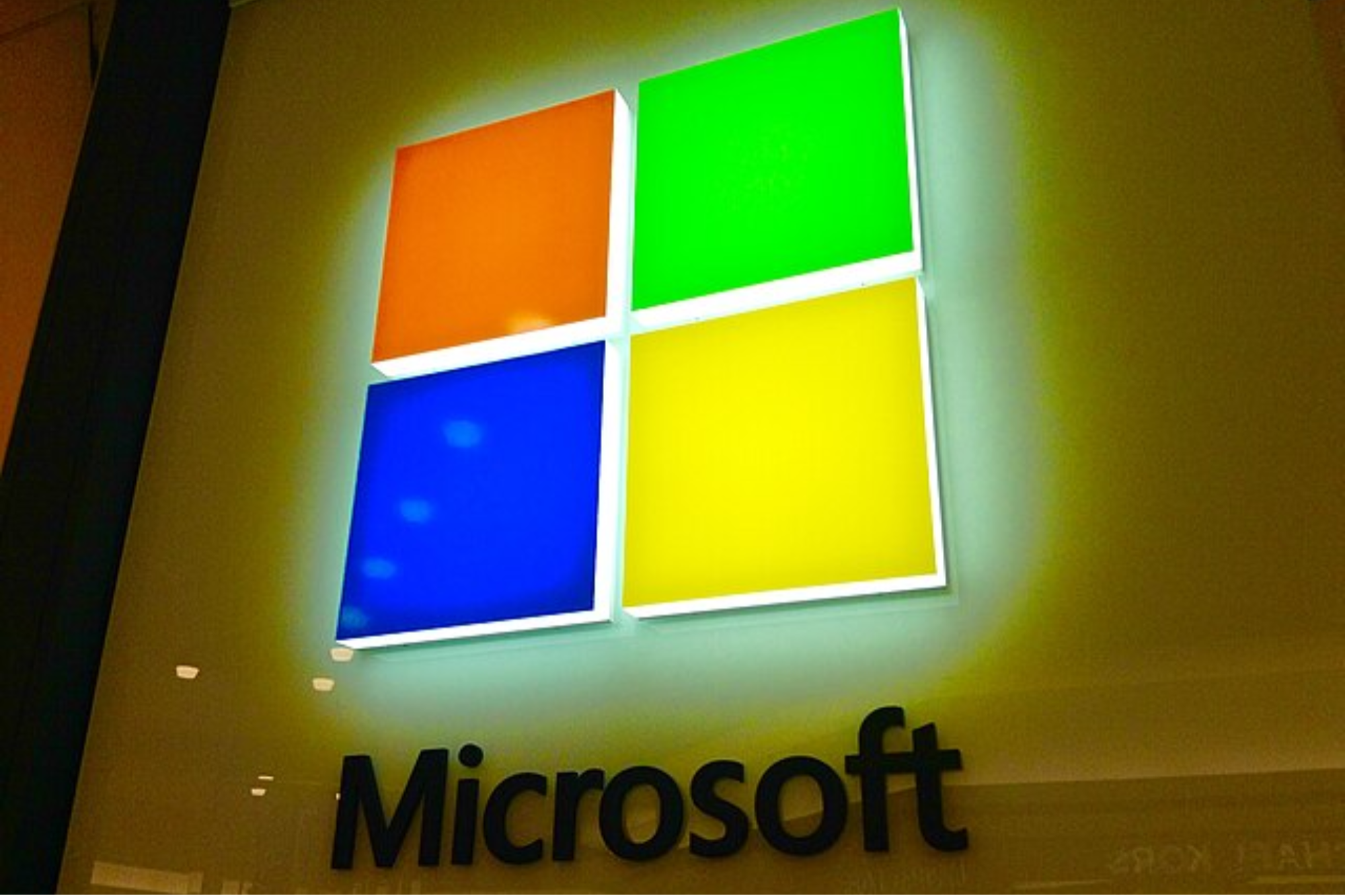From Solapur to Global Teacher Prize Winner The Real 'Guru'
By Punita Sabharwal •
You're reading Entrepreneur India, an international franchise of Entrepreneur Media.

RANJITSINH DISALE, 32, TEACHER
For Ranjitsinh Disale the journey towards teaching started in 2009 when he got appointed as a teacher at the Zilla Parishad Primary School, Paritewadi, Solapur, Maharashtra, India. As per him, he wasn't supposed to be a teacher; he wanted to be an engineer. Disale joined engineering college for six months but due to bullying and ragging, he had to leave it. He came back home, and on his father's insistence, he joined a teacher training program for six months to see if he enjoys it. Disale remembers, "With the confused mind, I joined it and the teachers changed me. They instilled a passion in me. There I realized the importance of teachers. They are real change-makers and I decided to become a change, a catalyst." However, the road forward wasn't that smooth. On the first day of joining, the headmaster took him to the school classroom which was surrounded by buffaloes and cows. "It looked like a cowshed. For a teacher on his first day that was a shocking experience," shares Disale. He never imagined that living in the 21st century in India we still have these kinds of classrooms.
It took him six months to get back to his classroom. In those six months, he saw the parents' indifference towards girls' education. The girls were expected to take care of their little brothers and sisters or family. He realized women in this village were more educated as compared to men. This way he could involve their mothers in the education of girls. "I started an initiative called alarm on, TV off. This ensured parents' participation in students' academic performance. When that alarm rings at 7 pm every evening this is an indication for parents to stop whatever they are doing. This is the time to sit with their kids to complete their homework or chat about what they did in school," shares Disale. But, parents didn't want to do it, so he started sending them instructions every afternoon at 2 pm. This helped them understand what their role is. He went to each and every student every day wherever they were, on the farm, in the house and took them to the school, then parents realized this guy is not going to leave them, it's better to send kids to school. Slowly and gradually, the attendance ratio increased, and now he wanted to change their learning style. "I decided to take help of technology and started using a laptop. What they liked to watch we will play that. This helped students to become a messenger to friends that school is fun," says Disale.
Now was the time for him to turn from entertainment to education. He created videos, open presentations, voice notes; he recorded his own lectures in the classroom. At that time he was transferring the data through a mobile device. "I was looking for a solution to pass on the data to students. One day I went to a shop, the shopkeeper scanned a QR code and information of product and price displayed on the screen. Something clicked in my mind that there is something in this code that when you scan it data gets displayed on the screen. I decided to try this out. Learned how to create QR codes and how to embed data. I printed the QR codes on sticker pages, pasted them on their textbook. For each chapter they have their own QR code," shares Disale. This initiative of Disale of embedding digital content in QR code helped them to learn at their own pace anytime, anywhere even if they miss the class. The first time they see the video, second they see the quiz, they have to pass it. With this Disale not only empowered girls students via education but also stopped teenage marriages happening in the village.
He further submitted a proposal to the state government; they understood the potential and decide to run a pilot of QR code in a textbook for 6th grade. Later, they decided to print the QR codes for all textbooks for grades 1-12. Since 2019 they have started to used the QR code across Maharashtra and then NCERT started using it pan India across government schools. Talking about his mission, Disale says, "In our country students of 21st century are being taught by teachers of 20th century using the 19th-century curriculum with 18th-century technique. We need teachers of 21st century." In the months of May and June, he conducts training with teachers, to tell them new techniques. Disale has been named the winner of the Global Teacher Prize 2020, in partnership with UNESCO.
(This article was first published in the February 2021 issue of Entrepreneur Magazine. To subscribe, click here)









